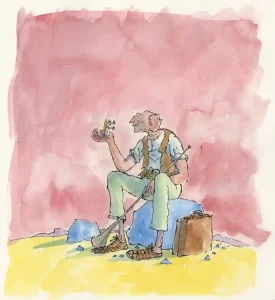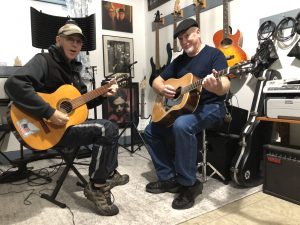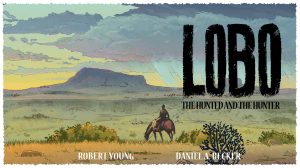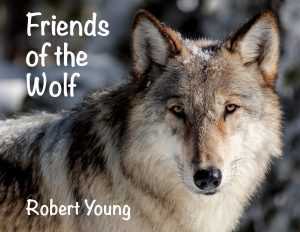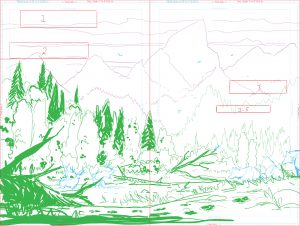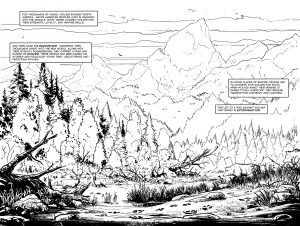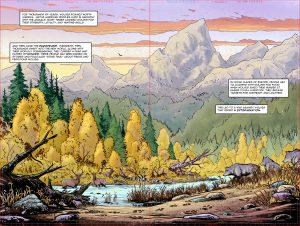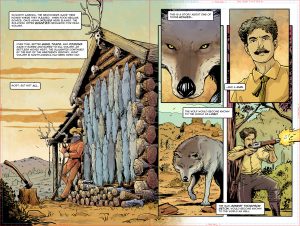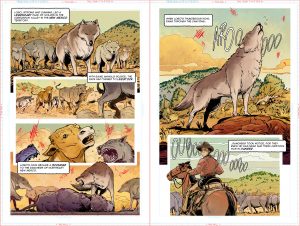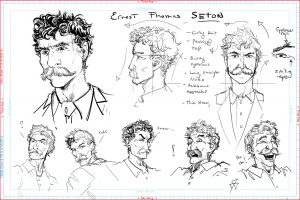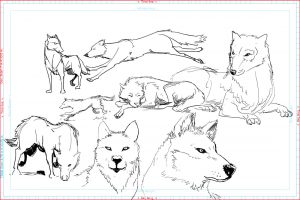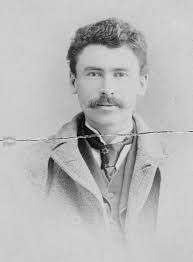Three Questions is an occasional feature on my blog when I want to spotlight interesting people I come across on my writing journeys.

In addition to having worked as an animator and creative director for Sony, Pearson, and Disney, Mark Fearing is a multi-talented author and illustrator of books for kids. He’s got more than twenty books to his credit, including Castle Gesundheit and the Middle School Bites series. His latest project, Welcome to Feral, will be released this fall. It’s a two-book graphic novel about the strange occurrences in the small town of Feral. Freya, a curious middle grader, keeps track of all the strange goings-on in town. And there are many, including deep secrets that attract strange beasties and ghouls to the town!
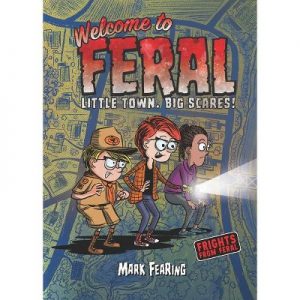
When I first attempted to write a graphic novel, a writer-friend put me in contact with Mark, who has extensive experience with that genre. Mark has been absolutely reMarkable in the help he has provided me, from basic formatting suggestions and marketing ideas to reading my manuscript and providing detailed notes that were useful in making revisions. I am so grateful for his assistance.
Here are Three Questions for Mark:
1. You live in Portland. What impact does your location have on your work?
Compared to Southern California, it’s much easier to stay in to work because it rains nine months of the year! It’s a beautiful area. We are close to the city, not out on a sprawling country estate so it’s busy but not busy like Los Angeles. There’s plenty of walking paths so I get out several times a day with my dogs and that is important. Sitting at one’s desk, trying to ‘be creative’ will burn you out. I stay in contact with many of my friends in Los Angeles and I still Zoom into a critique group in LA when I can. Having moved here as an older adult and having a child the issues of good schools and an easy city to navigate and live in became more important so I have not totally integrated into any Portland scene. But I’ve met a lot of great people and I can’t imagine leaving the West Coast.
2. What writers and illustrators have had the most influence on your work?
Oh man…do you want me to write a book? I am enamored by countless authors and illustrators. IT starts with my dad who was an editorial cartoonist for 40 years or so. I can’t easily point to one person or style or genre of work even. I love expressionism, artists like Otto Dix, I love the line-driven illustrators like Ronald Searle, Quentin Blake, cartoonists like Walt Kelly, Sergio Aragones, Wally Woods, Jack Davis. Not to mention dozens of other animators, illustrators and comic artists. I love to see the personality of the artist in their work. As for authors, the list is as long and as varied. From Stephen King to Christopher Buehlman, Ursula K. LeGuin, Philip K. Dick and John Horner Jacobs. Favorite books include Frankenstein, Lord of the Rings, The Stand, Valis. Then you get author/illustrators in the children’s lit market and that list is long too. John Agee, William Steig, Valerie Gorbachev, John Burningham. And that’s just a start. I am interested in work that I could never imagine doing and work that is like what I do – but brings something different to it. I will stop here!
3. At the risk of being inundated with requests, why are you willing to help fellow authors and illustrators?
Many authors and illustrators have been generous with me in my life. I owe so many of my opportunities to people taking the time to help me, introduce me to someone and offer advice that I can’t imagine not doing that. And sharing what we know, what we have experienced, is a natural desire. I also try to understand exactly what the person talking to me is asking. What stage of a career they are in. I have known illustrators (especially) who seem to take delight in being cruel and judgmental with young people who come to them for advice. I think it’s important to understand exactly what they are asking and what they want to do. I mentor high school students and understanding what they want to do with their art is key. Some want to be illustrators/cartoonists. To do original work and fine tune their ‘voice’. That is different than a young person who wants to be a storyboard artist at Walt Disney. If they want to work in a studio, you can discuss exactly what they will need in a portfolio, what skills they will have to demonstrate. That is a different discussion. Start with understanding where the person wants to go and then direct their attention to the issues they may face moving in that direction. Ultimately there aren’t that many of us that are deeply interested in the issues around drawing,

